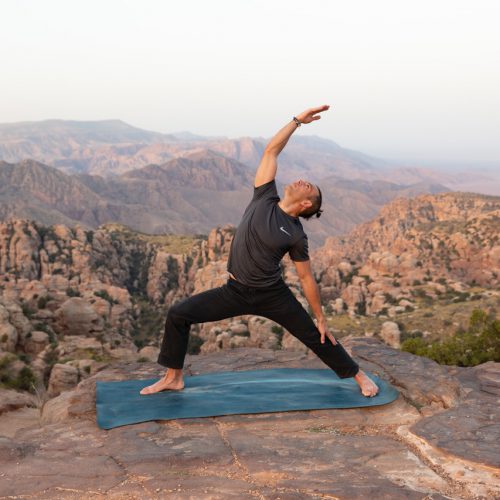Deep breathing techniques are some of the most effective relaxation methods for relaxation. Many people underestimate the importance of proper breathing for our overall health and wellbeing, typically taking breaths that are short and shallow on a day-to-day basis, rather than breathing deeply from the abdomen. Breathing short, shallow breaths prevents us from acquiring the maximum amount of oxygen possible from each breath. Breathing techniques for relaxation are effective because all breathing techniques instruct users in this proper, highly beneficial style of breathing.
According to researchers, most people do not breathe to their fullest potential, rarely taking complete breaths. Most people tend to engage in either high breathing, which means taking short breaths from your chest, or low breathing, which occurs when an individual is hunched or slouching. Breathing techniques for relaxation are effective because they elicit a natural, physical process like breathing to oxygenate the brain, creating a calming effect in the mind. One very simple and straightforward proper breathing technique for stress goes as follows:
-Sit or lie down with your back straight
-Breathe in deeply through your nose until your chest expands
-Hold with your lungs expanded for a brief moment
-Breathe out through your mouth
-Repeat while attempting to clear your mind and focus on each breath
Most deep breathing techniques including the example above, along with far more complicated exercises, will fall under the larger category of breathwork or breathwork therapy. Breathwork is the conscious altering of one’s breathing patterns with the ultimate goal of altering their conscious reality or thought process in some way. There are a number of different types of breathwork programs designed to help participants confront their unconscious feelings and negative emotions, possibly even bringing about confrontation with a traumatic past event. The Rebirthing, Vivation, and Holotropic Breathwork systems are examples of modern interpretations that can assist with the confrontation of deep, troubling anxieties. While these are extremely beneficial forms of breathwork therapy, they are not always relaxing, necessarily. The most relaxing type of breathwork therapy is Pranayama breathing techniques, which stems in large part from Yoga practices.
Two examples of Pranayama Yoga techniques are Kapalabhati and Anuloma Viloma breathing exercises. Kapalabhati is a short, but deep breath focused on cleansing the nasal passages and sinuses of mucus, but also on cleansing your mind. Breathing in this manner will help to clear out your respiratory system while promoting relaxation. Anuloma Viloma, another common technique, involves breathing through alternate nostrils. First you breathe in though one nostril, hold your breath, and breathe out through the other nostril. This rhythmic breathing exercise is supposed to generate communication between the right and left brain hemispheres, which is extremely effective at both oxygenating the brain and creating a whole, well-balanced psyche. There are a number of other basic and advanced Yoga breathing techniques, which vary greatly depending on cultural origin.
Breathing techniques for relaxation work effectively because the problem of our breathing mirrors the problem of our day to day lives: we do not stop to be mindful and slow down. The increased mindfulness and the increased oxygenation to the brain helps bring about the relaxation response in individuals practicing breathing techniques. By actively concentrating on the inhalation and exhalation of each breath in breathwork therapies such as Pranayama yoga exercises, we are slowing down much more than our lungs alone. We take the time to slow down as a whole and to get in touch with our natural rhythms, promoting greater relaxation of the body, but also of the mind.



